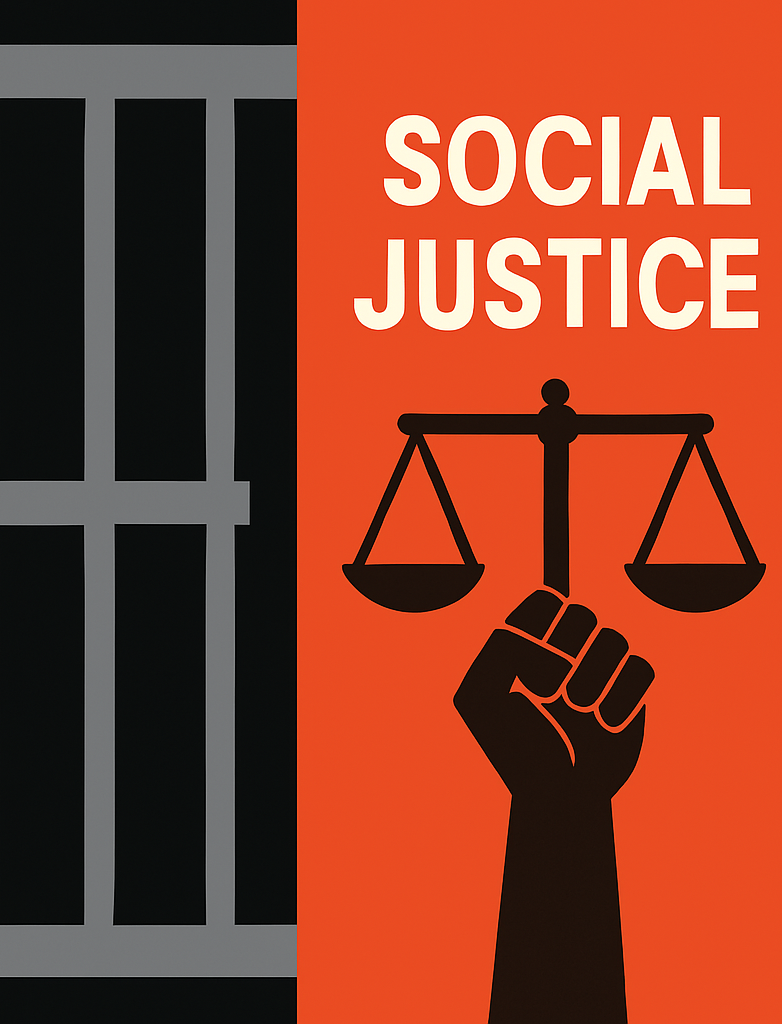At 17 years old, Victor Ramirez’s life took a drastic turn. Growing up in East Chicago, Indiana, he found himself caught in the violent realities of gang life. In 1993, a drive-by shooting left him wounded; in search of retribution, he found himself in an altercation that led to multiple people being shot—one fatally. Although he admits to having a gun and firing shots, he maintains that he was not responsible for all of the injuries that night. Despite inconsistencies in witness testimonies, the jury found him guilty of murder, and he was sentenced to 40 years in prison.
Ramirez spent more than two decades behind bars, navigating a system that often fails young offenders, especially those from marginalized communities. His story is one of survival, transformation, and the ongoing struggle to reintegrate into a world that moved on without him.
Surviving the Prison System
Ramirez was sent to Michigan City Prison in Indiana, where he quickly learned that survival wasn’t just about doing time—it was about maintaining his safety and sanity in an environment designed to break people.
“Prison will push you,” Ramirez recalls. “You either survive, or you don’t.”
One of the most significant challenges he faced was violence—both from fellow inmates and from the guards who, rather than prevent it, often encouraged it. According to Ramirez, correctional officers would manipulate situations, deliberately creating conflicts between inmates.
“If a guard knew two guys didn’t get along, he’d find a way to make them cross paths,” he explains. “It was entertainment for them.”
For Ramirez and many others, the violence wasn’t just between inmates—it was systemic. The power dynamics in prison often placed officers in a position where they could abuse their authority without consequence. With little oversight and, at the time, no security cameras, inmates were vulnerable to both direct abuse and the indirect consequences of guards pitting them against each other.
Despite the harsh conditions, Ramirez was determined not to let prison define him. He focused on education, earning his GED, a high school diploma, and two degrees from Ball State University.
Freedom and the Challenge of Reintegration
In 2014, after serving more than 20 years, Ramirez was released. But his challenges were far from over.
“The hardest thing to adjust to? Technology,” he says. “I have a four-year-old daughter, and she can figure out my phone faster than I can.”
When he entered prison, there were no smartphones, little social media, no modern digital infrastructure. Returning to a world dominated by technology was overwhelming. Simple tasks—applying for jobs, using GPS, even navigating a smartphone—were now essential life skills he had to learn from scratch.
But beyond the technological gap, Ramirez faced an even greater challenge: finding employment.
At first, he was honest about his past on job applications, but time and time again, he was rejected. Eventually, he started leaving out his criminal record, securing work for a few months before background checks caught up with him, leading to termination.
“They ask for a background check covering five to seven years,” he explains. “I’ve been out since 2014. My conviction was in 1994. I did my time, but it still follows me.”
Despite these setbacks, Ramirez refused to give up. He kept applying, kept working, and eventually found an employer willing to give him a chance.
“I told them, ‘If you give me a chance, I’ll show up and do the work.’ And I’ve kept that promise.”
A Broken System in Need of Reform
Ramirez’s story is a reflection of deeper systemic issues within the criminal justice system—particularly how incarceration affects young offenders and how society treats those who have served their time.
He believes the system is designed to keep people trapped. Because of the violent prison conditions, a lack of rehabilitation programs, and the barriers to employment after release, many former inmates struggle to build stable lives.
“A lot of guys in prison aren’t ever getting out,” he says. “For the ones that do, they’re set up to fail.”
Studies show that formerly incarcerated individuals face significant discrimination in the job market. According to the Prison Policy Initiative, the unemployment rate for formerly incarcerated people is five times higher than the general population, with Black and Latino individuals facing even greater hurdles. This exclusion often leads to recidivism, not because individuals want to return to crime, but because the system offers them few alternatives.
Beyond employment, Ramirez highlights the lack of mental health resources for those reentering society. His own experience with seizures—likely stress-induced—went largely unaddressed. Many formerly incarcerated individuals experience PTSD, anxiety, and depression due to years of hypervigilance and trauma, yet few receive the necessary support to transition successfully.
A Story of Resilience
Despite everything, Ramirez remains committed to moving forward. His story is not just about survival, but about resilience. It’s about refusing to let a system dictate his worth.
He now works hard to provide for his family, adapting to the ever-changing world around him. He acknowledges the challenges but also embraces the progress he’s made.
At its core, his story is a reminder that people are more than their worst mistakes. It’s a call for a justice system that prioritizes rehabilitation over punishment, a society that allows second chances, and a future where individuals like Ramirez aren’t defined solely by their past but by their ability to overcome it.

